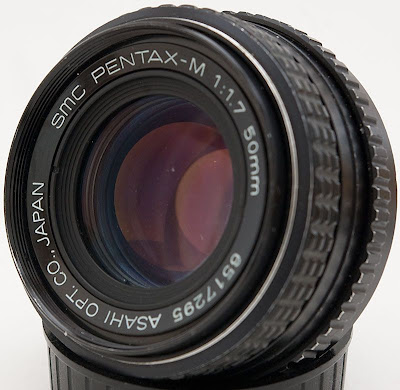I'm going to go out on a limb here and offer some generalities that have worked well for me over the years. I've divided lubricant applications into a few functional categories:
Slow moving parts (things you move with your finger like film advance parts and aperture rings) -- a light grease often recommended for firearms and fishing tackle. Less 'sticky' than Vasoline but does not flow or noticeably thin under the heat of a light bulb or get hard in cold weather..
Fast moving parts (things that 'snap' under spring pressure like shutter drive parts, but not aperture blades) -- A very light household oil like 3-in-1, watchmakers oils, sewing machine oil and rarely, powdered graphite slurry mixed with lighter fluid.
High friction parts (like latch engagements and gear teeth under spring pressure) -- Molybdenum paste.
Aperture blades (things not under pressure but which have 'drag' against adjacent surfaces) --
NO grease or oil! Dry graphite applied by brush or in a lighter fluid slurry.
If you can see grain in the graphite it's too course. Might be applied directly to the blades using the tip of a very soft lead pencil or rub the pencil lead against a matchbook striker strip. Gently wipe/blow out as much excess as possible after operating the parts to spread the graphite.
Helical focus and zoom threads (a viscous automotive gear or bearing grease) -- ideally you'll have some old threaded barrels to experiment with to get the correct "feel"; it mostly depends on the tolerance in the threads. Something about like extra thick Vasoline usually works OK. (Peanut butter's too thick and honey's too 'sticky' unless you have a zoom that acts like a trombone slide when you tip it down.

)
Plastic parts of any kind (you know, THOSE lenses) -- Caution! organic bases and solvents may affect plastics in undesirable ways, read instructions and experiment on junk parts. Plastic-to-plastic is the one area I can recommend silicon-based lubes but light grease is still better IMO.
If a lubricant smells or feels like it might give off volatile vapors of any kind as to solvent carrier evaporates, or under high temperatures, you can expect that it will probably deposit haze on lens elements over time.
Grease that turns 'runny' under the heat of a light bulb will surely migrate to places you don't want it to when exposed to summertime temperatures.
In my experience, WD-40 and similar pressurized fluids are NOT an answer to any camera lubrication problem unless used solely as a penetrating fluid for disassembling corroded parts to be cleaned later.
If you're uncertain as to what's available to you locally, a jeweler/watch/camera repairman, a machinist or a modeller may offer excellent advise regarding easily available products - although you might discuss the above categories with them to ensure they understand your intended application.
A little research on "lubricant-related" search strings including automotive, firearms, fishing tackle, lathes & machining metals, sewing machines, and cameras will be well rewarded. As usual, every ol' f@rt will have a conflicting opinion as to what's best.
H2
I'll push this over to the
Articles > Maintenance Section as well. I most certainly invite others to contribute their experience and opinion to that topic as I have only past personal success to rely on here.
https://www.pentaxforums.com/forums/maintenance-repair-articles/139172-lubric...ml#post1452966 

 Similar Threads
Similar Threads 








 The rear element is held on with a ring which is sometimes glued. Check for adhesive before getting out the hacksaw. Lacquer thinner might work on the glue.
The rear element is held on with a ring which is sometimes glued. Check for adhesive before getting out the hacksaw. Lacquer thinner might work on the glue.

 )
)












